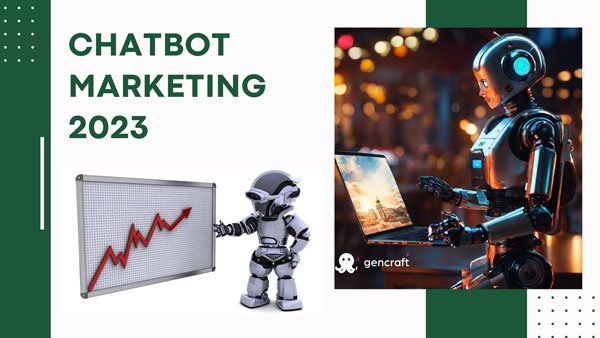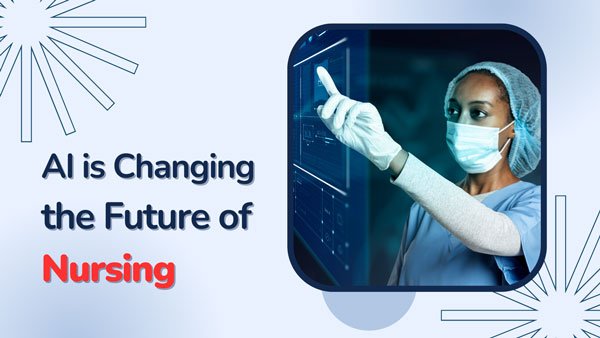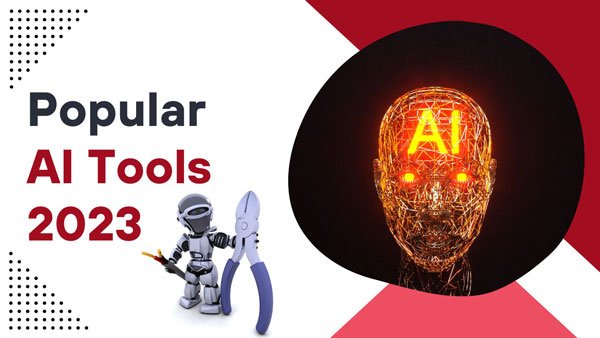Top 10 AI Job Opportunities: Thriving Careers in the Age of Artificial Intelligence.
Artificial Intelligences / August 17, 2023
AI Careers in the Current Market
In today’s rapidly evolving world, the integration of Artificial Intelligence (AI) has sparked a revolution that extends far beyond technological advancements. AI is not just reshaping industries; it’s creating a profound impact on job opportunities, paving the way for a new era of thriving careers.
With advancements in technology and the increasing demand for AI-based products and services, AI job trends are on the rise. Here are some key insights from the current market study:
- The AI job market is highly competitive, with an average of 55 applications per AI job posting.
- The AI job market is becoming more globalized, with an increasing number of remote work opportunities and cross-border collaborations.
- The top industries driving AI job growth include healthcare, finance, manufacturing, retail, and information technology.
- AI job roles can be categorized into three main categories: AI Researchers, AI Developers, and AI Engineers.
- Data scientists and machine learning engineers are the most sought-after AI job positions.
- The machine learning job market is healthy and shows no signs of slowing down, with AI and machine learning jobs jumping by almost 75 percent over the past four years.
- Industries that are already using AI and machine learning predominantly include healthcare, education, marketing, retail and e-commerce, and financial services.
- According to a recent study, the global AI market is projected to reach $190 billion by 2025, driving the demand for skilled AI professionals.
- The United States is the leading country in AI job postings, accounting for approximately 50% of the total demand.
- By 2022, it is estimated that there will be a shortage of 250,000 AI professionals in the United States alone.
Top best AI Job Opportunities sectors
- Healthcare: AI is poised to revolutionize healthcare with applications in medical diagnostics, personalized medicine, and health monitoring. This will create opportunities for AI experts, medical professionals, data scientists, software engineers, and researchers in the healthcare sector.
- Education: AI is being used to personalize learning, provide feedback, and grade assignments. This is creating new jobs for teachers, instructional designers, and data analysts.
- Manufacturing: AI is being used to automate tasks in manufacturing, such as quality control and assembly. This is creating new jobs for AI engineers, technicians, and operators.
- Logistics: AI is being used to optimize transportation and shipping routes. This is creating new jobs for AI engineers, logistics planners, and drivers.
- Marketing: AI is revolutionizing digital marketing with predictive analytics, customer segmentation, and chatbot interactions, creating demand for AI-driven marketing strategists and data scientists.
- Retail: AI is enabling personalized shopping experiences, demand forecasting, and inventory management. Retailers now seek AI experts for roles such as AI retail analysts and customer experience enhancers.
- Finance: AI is enhancing fraud detection, algorithmic trading, and customer service in the financial sector. Careers such as AI-powered financial analysts and algorithm developers are becoming essential.
- Creative and Artistic industries: AI can generate new employment opportunities in the creative and artistic industries by nurturing new modes of expression and creativity.
- Customer service: AI is being used to automate customer service tasks, such as answering questions and resolving issues. This is creating new jobs for AI engineers and customer service representatives who can work with AI systems.
AI job opportunities in high demand
- AI Researchers: AI researchers are responsible for developing algorithms and models to solve complex issues. They develop and improve current AI technologies. They require a sound understanding of computer science, mathematics, and statistics. An AI research scientist earns an average salary of $137,240 per annum. The demand for AI research scientists is expected to grow by 82% between 2020 and 2030, significantly faster than the average for all professions.
- AI Developers: With the advancement of AI technology, there will be an increasing need for experts in AI development. This includes machine learning engineers, data scientists, and AI programmers. These experts will be essential in creating and maintaining AI systems and algorithms.
- AI Engineers: AI engineers are responsible for building and maintaining AI-based systems. They work on developing hardware and software systems that can be used to implement AI technologies.
- Data Scientists: Data scientists are responsible for collecting, cleaning, and analyzing data. They apply their skills to identify patterns, and trends, and make predictions. On average, a data scientist can earn a salary of $85,000 per year. The demand for data scientists is expected to grow by 22% from 2020 to 2030.
- Machine Learning Engineers: The job of machine learning engineers is to create and apply machine learning algorithms. The engineers develop software capable of learning from data and improving with time. In-depth knowledge of statistics, programming languages, and appropriate machine-learning algorithms is also crucial. On average, a machine learning engineer earns around $122,840 per year. Significantly faster than all job fields put together, the job growth of machine learning engineers from 2020 to 2030 is projected to be an unprecedented 30%.
- Robotics Engineers: Robotics engineers are responsible for the design and development of robots and robotic systems. They work to develop hardware and software systems that can be used to control robots. They must have a strong understanding of mechanical engineering, electrical engineering, and computer science. The average salary for a roboticist is $105,310 per year. The market for robotics engineers is expected to grow by 6% between 2020 and 2030, at a pace similar to the average speed across all professions.
- AI Ethicists: AI ethicists are responsible for ensuring that AI technologies are developed and used in an ethical and responsible manner. They work on developing guidelines and policies that can be used to govern the use of AI technologies. They must have a good grasp of AI, ethics, and law. AI ethicists earn an average of $105,000 per year. The market for AI ethicists is young, but it is anticipated to expand in the years to come.
- AI Trainers & Support: AI trainers are responsible for training AI systems to recognize patterns and make predictions. They work on developing training data sets and designing algorithms that can be used to train AI systems. As businesses and organizations adopt AI technologies, they will require AI trainers and support specialists to assist in the integration and proper utilization of AI tools.
- AI Business Analysts: AI business analysts are responsible for analyzing the impact of AI technologies on businesses. They work on developing strategies and plans that can be used to implement AI technologies in businesses.
- UX designer: UX designers create user interfaces for AI-powered products and services. They need to have a strong understanding of human-computer interaction and be able to design interfaces that are both user-friendly and effective. The average salary for a UX designer is $84,140 per year. The market for UX designers is expected to grow by 13% from 2020 to 2030, much faster than the average for all occupations.
- UX designer: UX designers develop interfaces for products and services powered by Artificial Intelligence (AI). They must have a deep understanding of human-computer interaction and must design interfaces that are effective and user-friendly. The mean salary for a UX designer is $84,140 per annum. The market for UX designers is expected to grow by 13% from 2020 to 2030, which is significantly faster than the average for all occupations.
Top 10 Artificial Intelligence Training Institutes in India
-
Madrid SoftwareMadrid Software
-
UpGradUpGrad
-
Great LearningGreat Learning
-
SimplilearnSimplilearn
-
EdurekaEdureka
-
IntellipaatIntellipaat
-
Jigsaw AcademyJigsaw Academy
-
Applied AIApplied AI
-
Scaler AcademyScaler Academy
-
Henry HarvinHenry Harvin
Top 10 AI Job Opportunities: Thriving Careers in the Age of Artificial Intelligence. Read More »




















